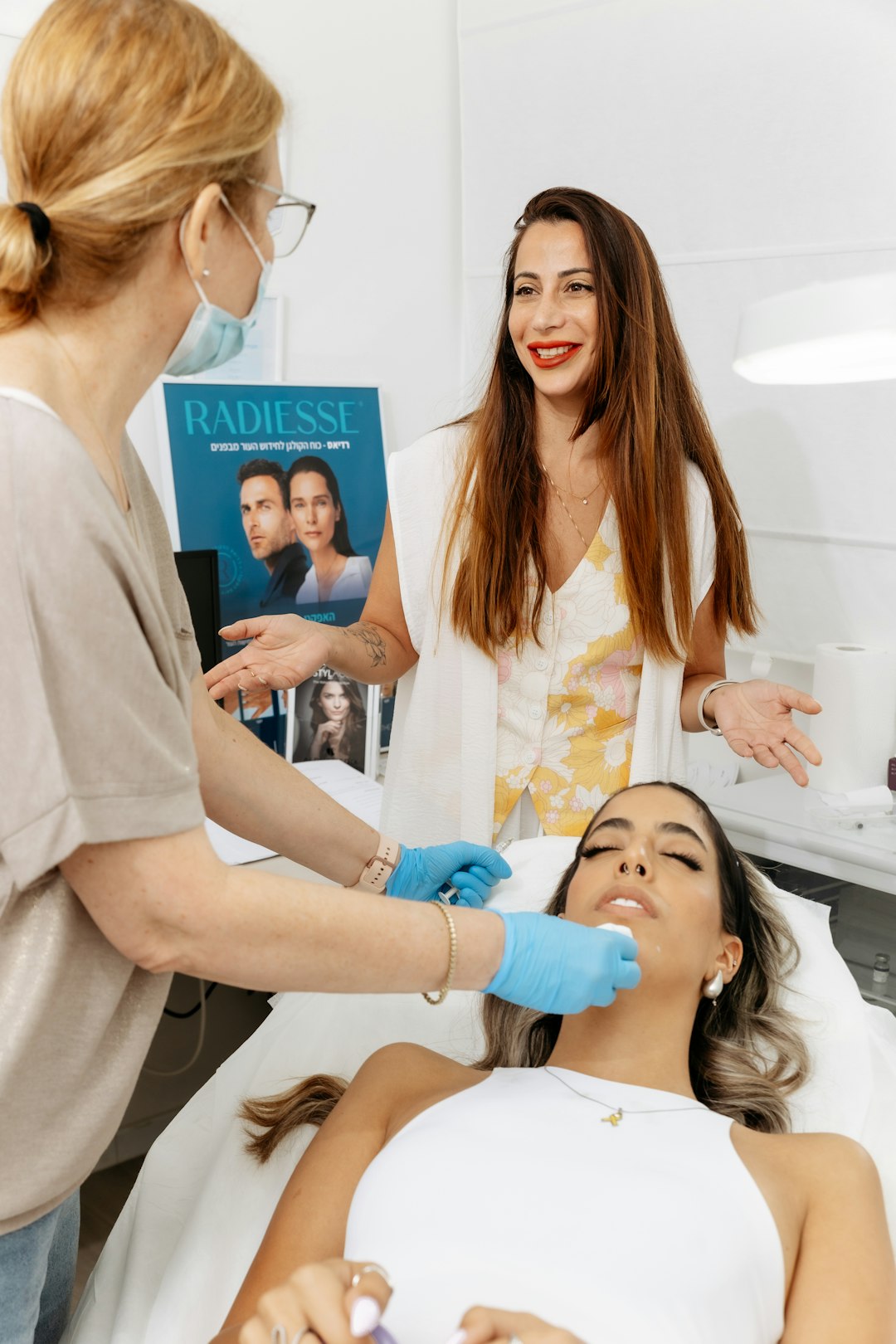The Art of Contouring: Tips and Tricks for Beginners
Contouring has become the go-to makeup technique for many beauty enthusiasts. From Instagram influencers to celebrities on the red carpet, it seems like everyone is obsessed with achieving that perfectly sculpted face. If you’re a beginner in the world of contouring, fear not! This blog post is here to guide you through the art of contouring with some helpful tips and tricks.
Before we dive into the details, let’s understand what contouring is all about. Contouring is a makeup technique that involves shading and highlighting to define your facial features. By using different shades of foundation or concealer, you can create the illusion of sharper cheekbones, a slimmer nose, or a more defined jawline. It’s essentially a way to enhance your natural bone structure.
The first step in achieving a flawless contour is selecting the right products. Opt for a cream or powder contour kit that suits your skin tone. A kit with multiple shades will allow you to customize the intensity of your contour depending on the occasion and desired look. Remember, contouring is all about creating shadows and depth, so choose shades that are one or two shades darker and lighter than your natural skin tone.
Next, let’s talk about tools. While some prefer using brushes, others find it easier to work with beauty sponges. Choose whatever tool you feel most comfortable with, as both can work well. Brushes are great for precise application, while sponges offer a seamless blend.
Now that you have your products and tools ready, let’s get started with the actual contouring process. Begin by applying your regular foundation all over your face, ensuring an even base. Then, use your contour shade to map out the areas you want to sculpt. These typically include the hollows of your cheeks, temples, jawline, sides of your nose, and the crease of your eyelids for a more defined eye look.
When applying the contour shade, remember to blend it out seamlessly. Harsh lines are a big no-no in contouring. Use gentle strokes or tapping motions to blend the product into your skin. This is where a beauty sponge comes in handy, as it helps achieve a flawless finish.
After contouring, it’s time to highlight. Take your lighter shade and apply it to the high points of your face, such as the tops of your cheekbones, the bridge of your nose, the center of your forehead, and your cupid’s bow. Highlighting brings brightness and luminosity to your face, balancing out the shadows created by contouring.
The key to a successful contour is blending. Blending is your best friend when it comes to achieving a natural-looking finish. Take your time to blend, blend, and blend some more. Make sure all the shades seamlessly melt into your skin, creating a soft and natural effect.
While contouring is a popular technique, it’s important to remember that less is more. It’s easy to get carried away with the process and apply too much product, resulting in an overly dramatic look. The goal is to enhance your features, not change them completely.
If you’re new to contouring, practice makes perfect. It may take some time to find the right shades, tools, and technique that work for you. Don’t get discouraged if your first attempt doesn’t turn out as expected. Take the time to experiment and learn what works best for your unique face shape and features.
In conclusion, contouring is a skill that can transform your makeup game. With the right products, tools, and techniques, you can sculpt your face to perfection. Remember to start slowly, blend well, and have fun with it! The art of contouring is all about enhancing your natural beauty and embracing your unique features. So go ahead and give it a try – you might just discover a whole new level of confidence and artistry!








